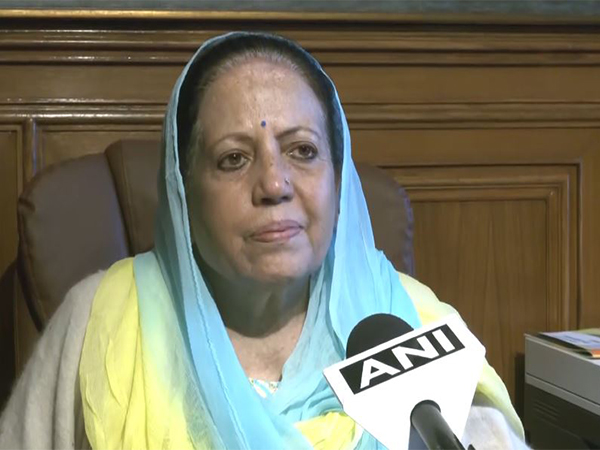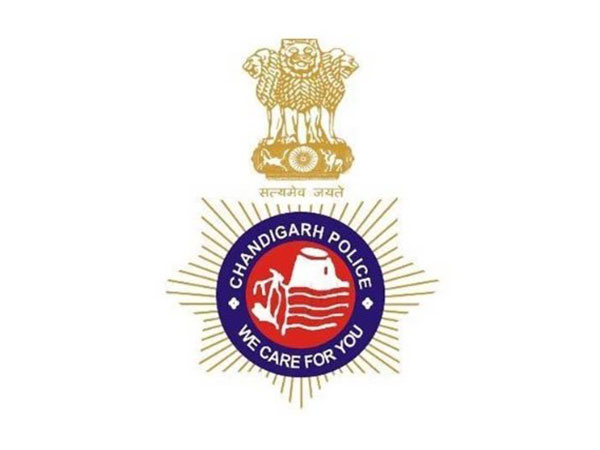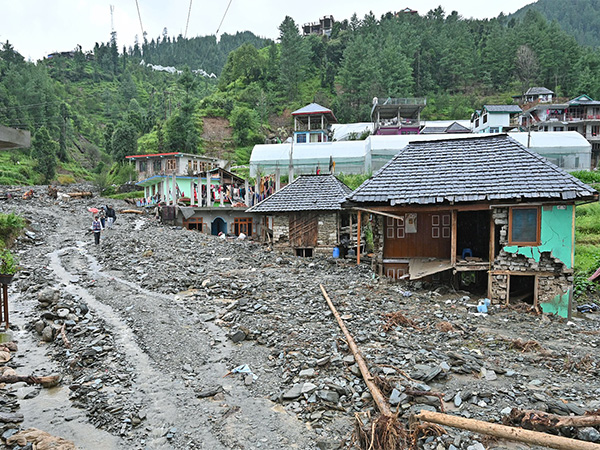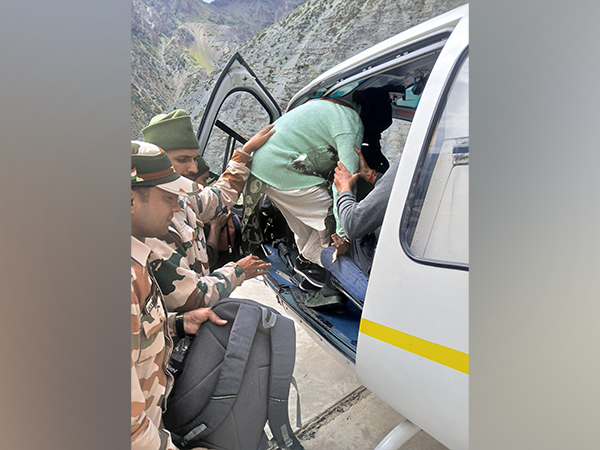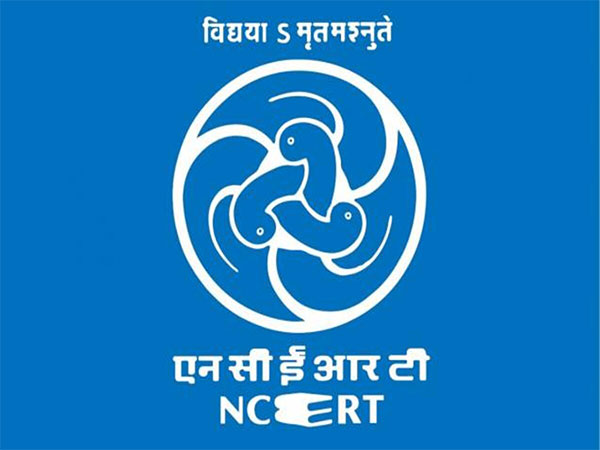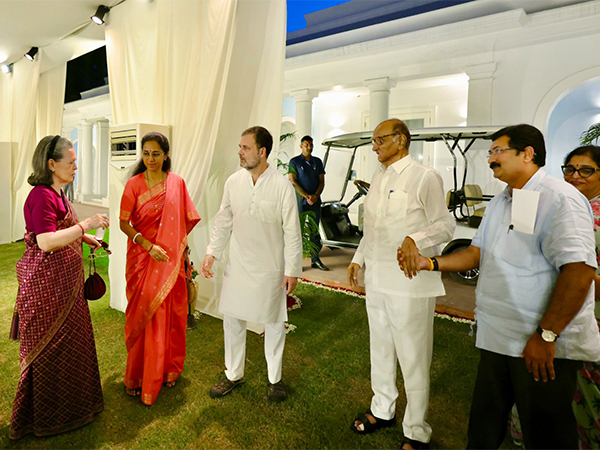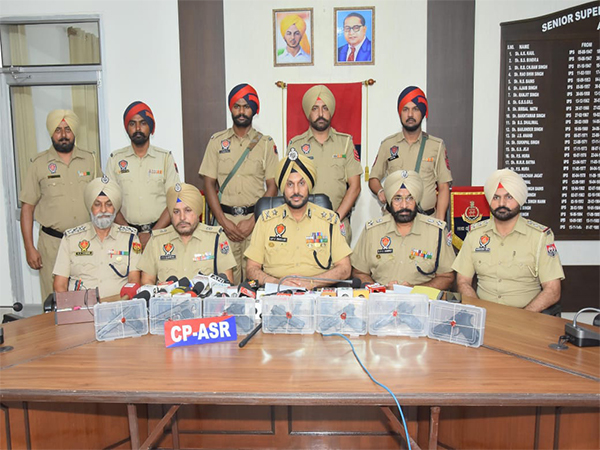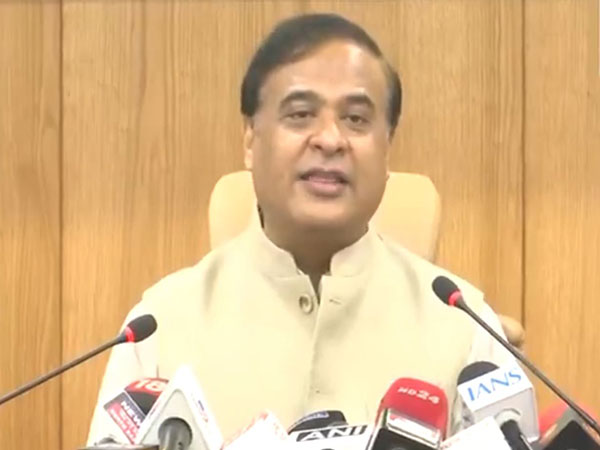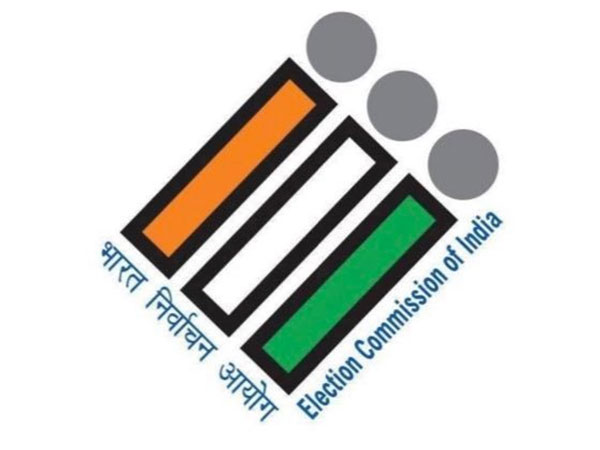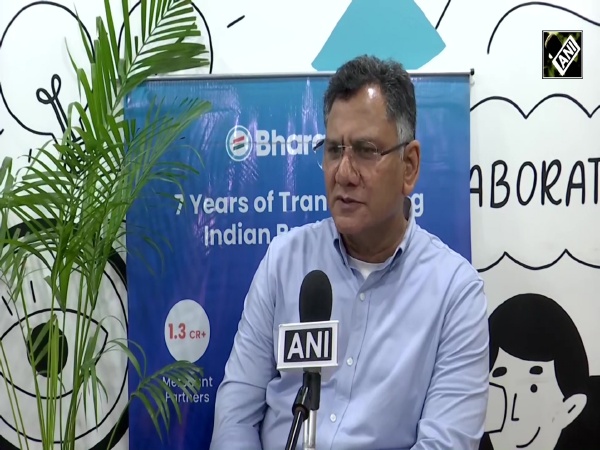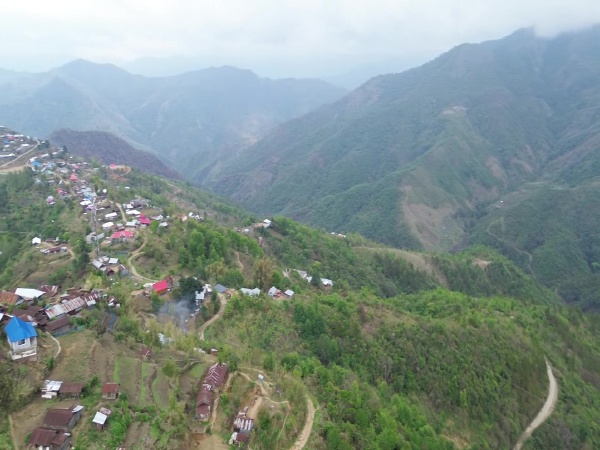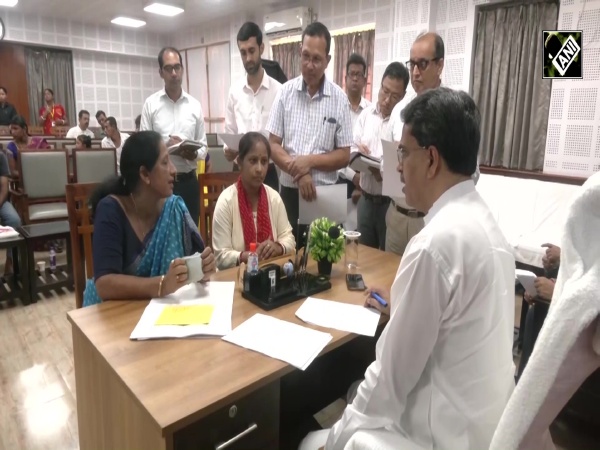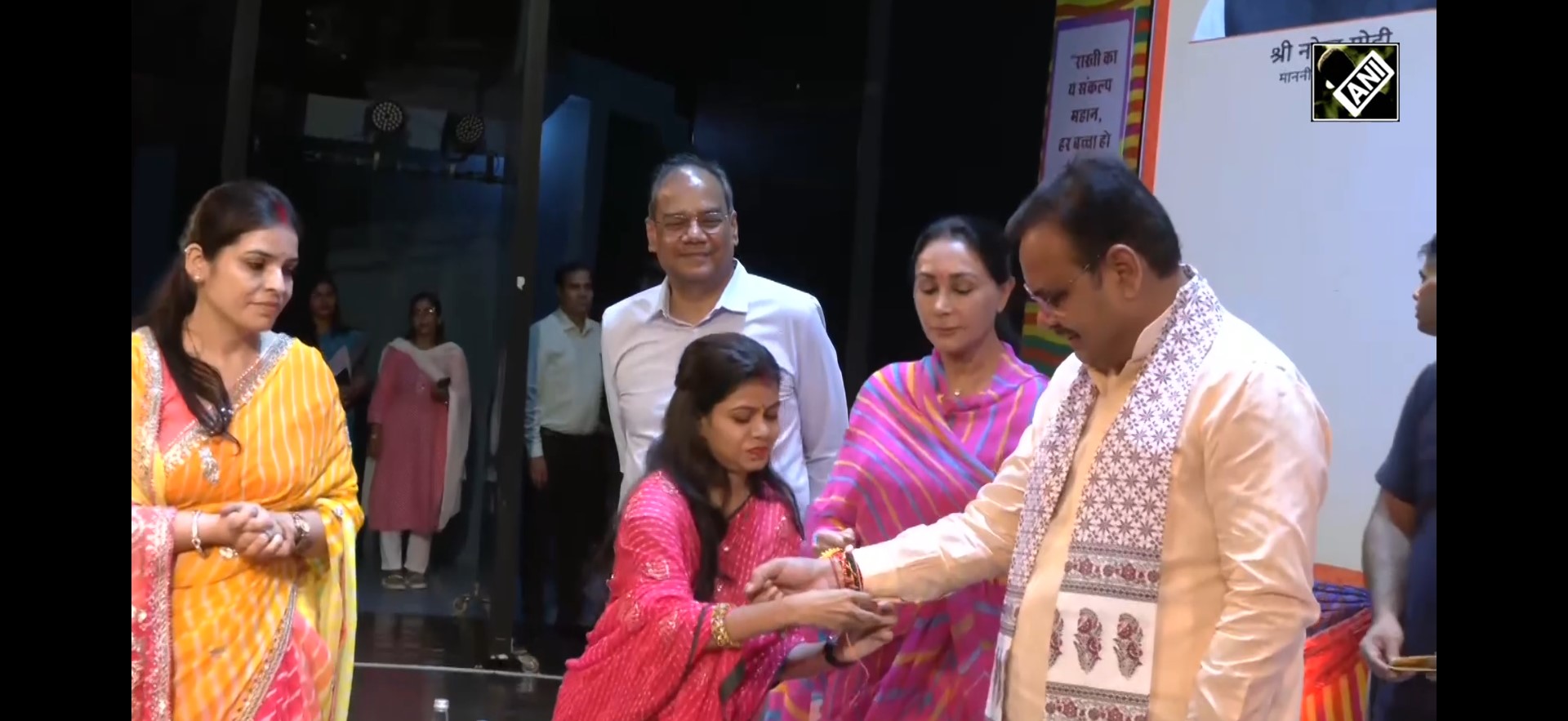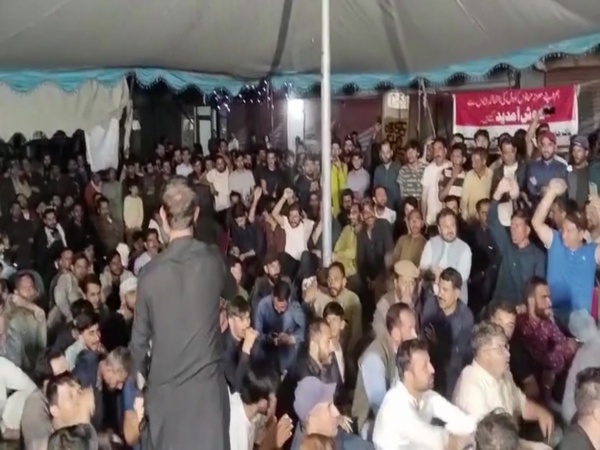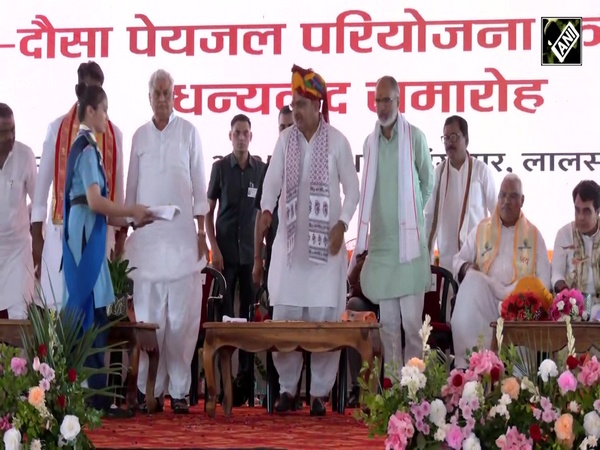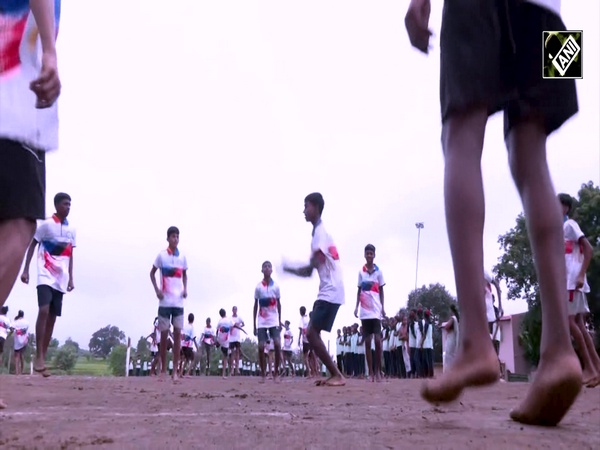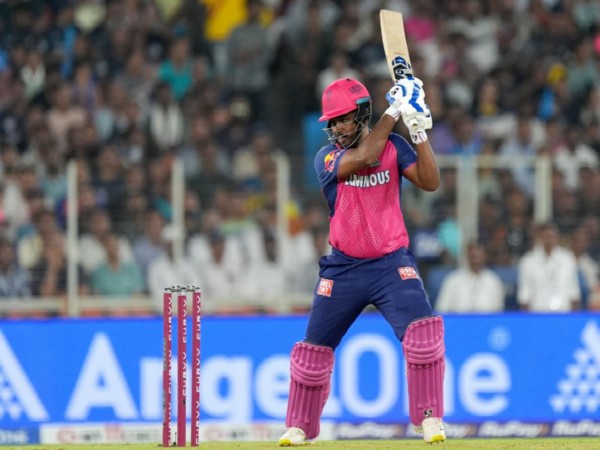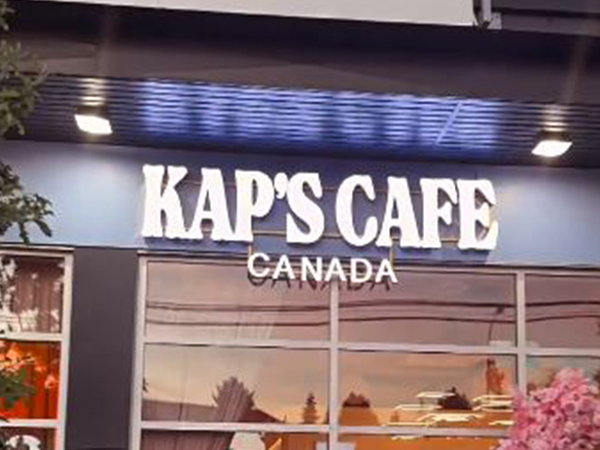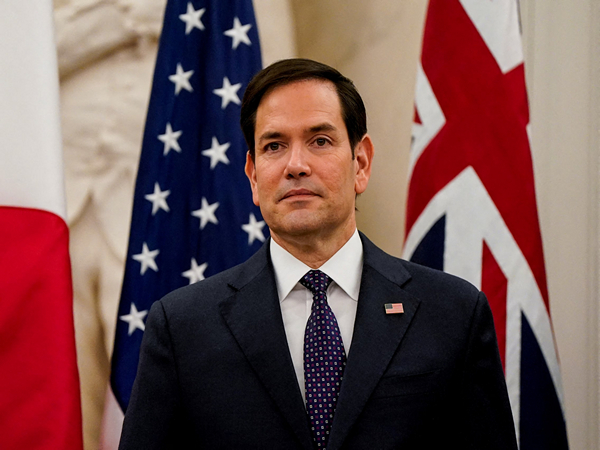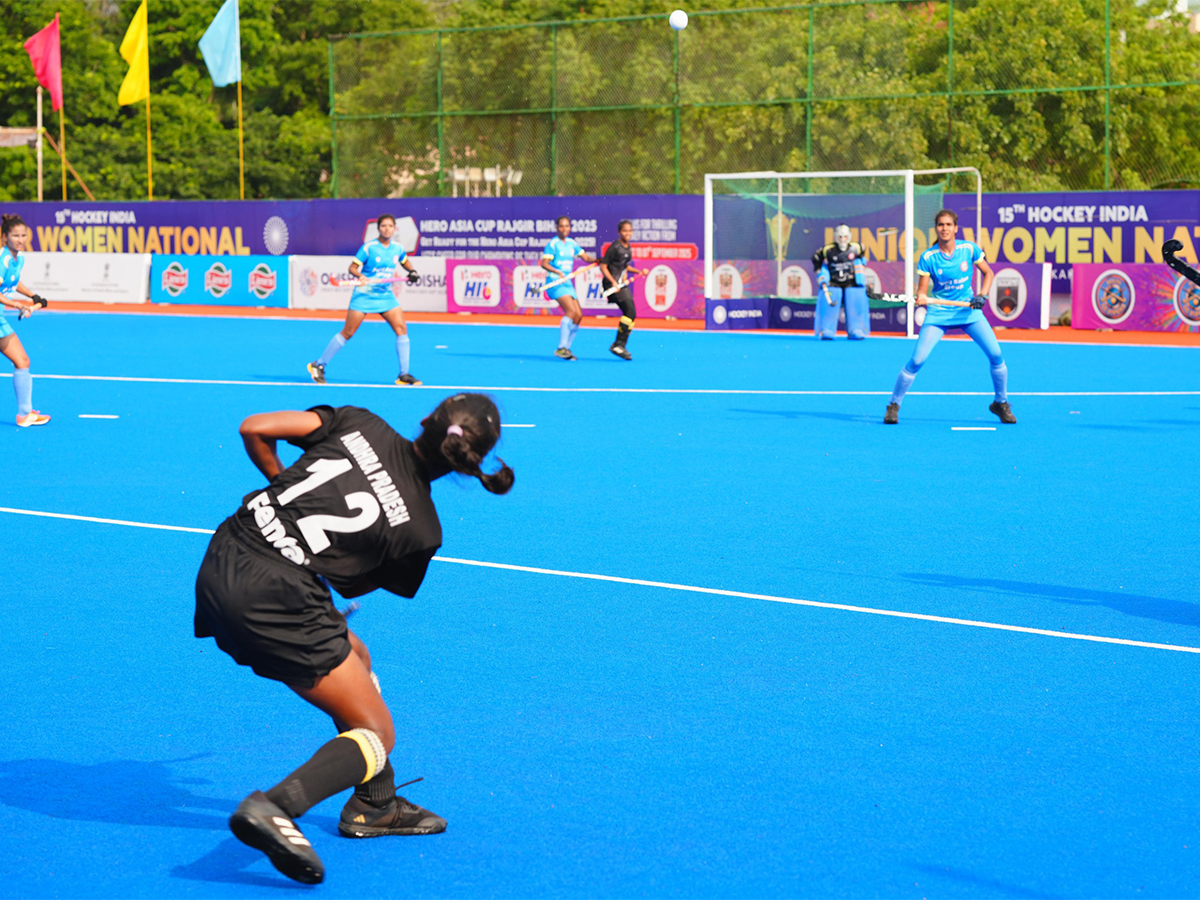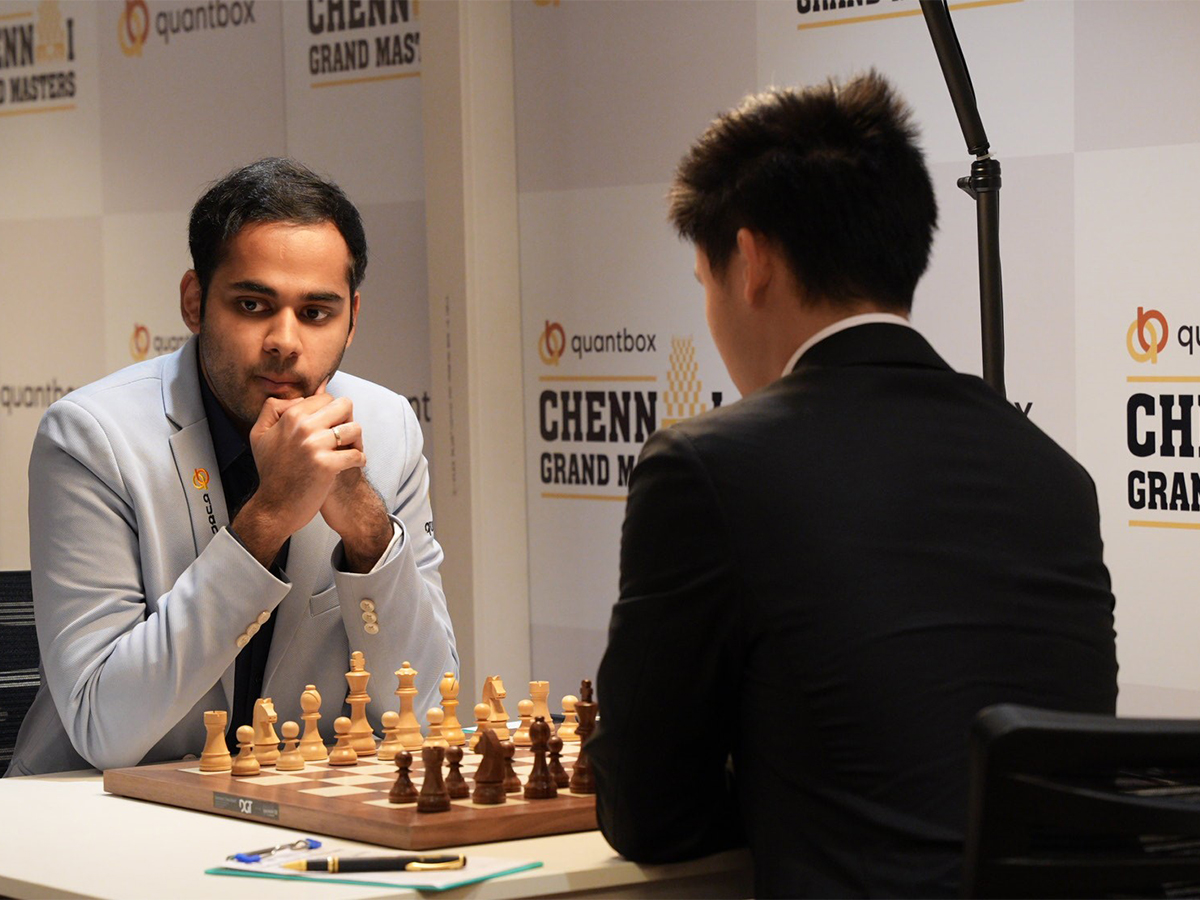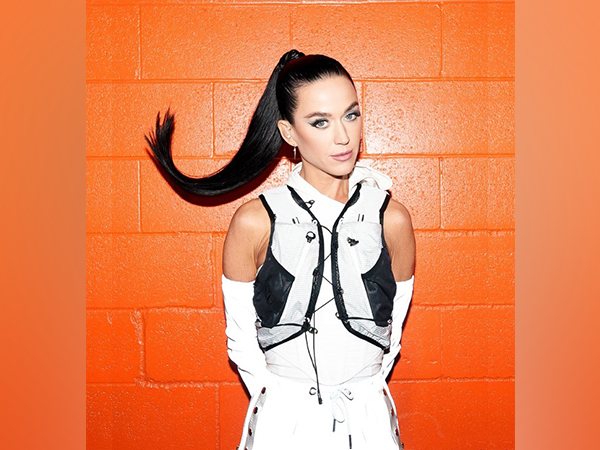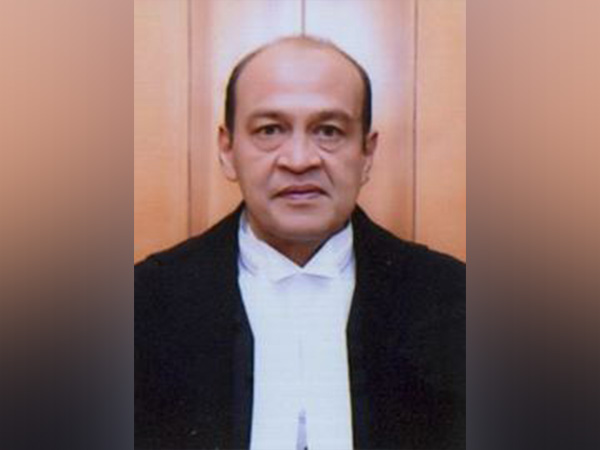
Why did SC dismiss Justice Yashwant Varma's plea?
Aug 07, 2025
New Delhi [India], August 7 : The Supreme Court on Thursday dismissed a plea filed by Justice Yashwant Varma of the Allahabad High Court challenging the in-house inquiry panel's report, and the former Chief Justice of India (CJI) Sanjiv Khanna's recommendation to initiate impeachment proceedings against him in the case of a fire incident that led to recovery of burnt unaccounted cash at his official residence in the national capital, when he was a sitting judge of the Delhi High Court.
While rejecting Justice Varma's plea, a bench of Justices Dipankar Datta and Ujjal Bhuyan reasoned that Justice Varma's conduct in having knocked the top court's door only after the completion of the in-house proceedings that led to the initiation of an impeachment motion against him, did not inspire confidence for the top court to entertain his plea.
"If indeed any fault were found in the procedure and questions were to be raised, the Petitioner ought not to have waited for completion of the fact-finding inquiry set in motion by the CJI. The conduct of the Petitioner, therefore, does not inspire much confidence for us to entertain the writ petition", the bench noted, in its 57-page verdict.
The bench noted that though the aforesaid reasoning would have been sufficient for it to reject Justice Varma's plea, it did not wish to tread the easy route but would rest its conclusions by answering other legal questions involved in the case as well.
To Justice Varma, having challenged the in-house procedure set in motion by the former CJI on the ground that it has no legal sanctity and is an extra-constitutional mechanism, the Court responded by stating that the same is unacceptable.
It stated that Section 3(2) of the Judges (Protection) Act, 1985 which empowers Central government, State government, Supreme Court, High Courts, or any other authority (under any existing law) to take such action -- whether civil, criminal, departmental, or otherwise--against someone who is or was a judge, includes the law laid down by the Supreme Court under Article 141 (Law declared by Supreme Court to be binding on all courts) of the Constitution and that the term 'otherwise' read in conjunction with 'such action', in the aforesaid 1985 Act provision is wide enough to cover actions undertaken by the in-house procedure. Thus, it held that the procedure did have the "required legal sanctity."
However, the apex court clarified that a panel report under the in-house procedure recommending removal of a judge, even if accepted by the Chief Justice of India (CJI) and forwarded to the President and Prime Minister, does not automatically trigger removal proceedings under the relevant Constitutional provisions. It is the Parliament that retains full and independent authority to decide whether or not to initiate removal proceedings, the Supreme Court noted.
"Report or no report, recommendation or no recommendation, whatever is the case, the Parliament's power to initiate proceedings for removal of a Judge for alleged misbehaviour or incapacity remains unfettered", the top court said.
The SC also stated that even in cases where there are valid grounds or a committee report supports removal, Parliament may choose not to act. Contrarily, even without a report or recommendation, Parliament can initiate removal proceedings based on other reasons, the top court added. Thus, it held that the procedure does not override or bypass constitutional processes as it is not a parallel or extra-constitutional system and the Parliament's authority remains supreme and unaffected by the procedure.
It said, "The power, competence, authority and jurisdiction of the Parliament to decide what is in the best interests of the nation is left untrammelled by the PROCEDURE; hence, it is fallacious to argue that the PROCEDURE is a parallel and extra-constitutional mechanism for removal of a Judge".
Answering another contention raised by Justice Varma regarding whether the CJI deviated from the legal procedure, the Supreme Court stated that it reviewed all stages of the proceedings against Justice Varma and found no evidence that the CJI had deviated from the established procedure, except for the publication of photos/video footage on the Supreme Court's website. The apex court noted that making such incriminating material public is not provided under the procedure.
However, the Supreme Court stated that the uploading of the photographs/video footage doesn't significantly affect the case because Justice Varma never objected to it at the time. It added that by his failure to act, he allowed the situation to become a fait accompli (something already done and accepted).
The Supreme Court observed that, "Now that nothing is pending at the end of the Supreme Court and/or the CJI, the Petitioner may exercise his rights in accordance with law as and when an appropriate occasion arises," thereby making it clear that the matter now lies within the domain of Parliament and is no longer within the Court's jurisdiction.
